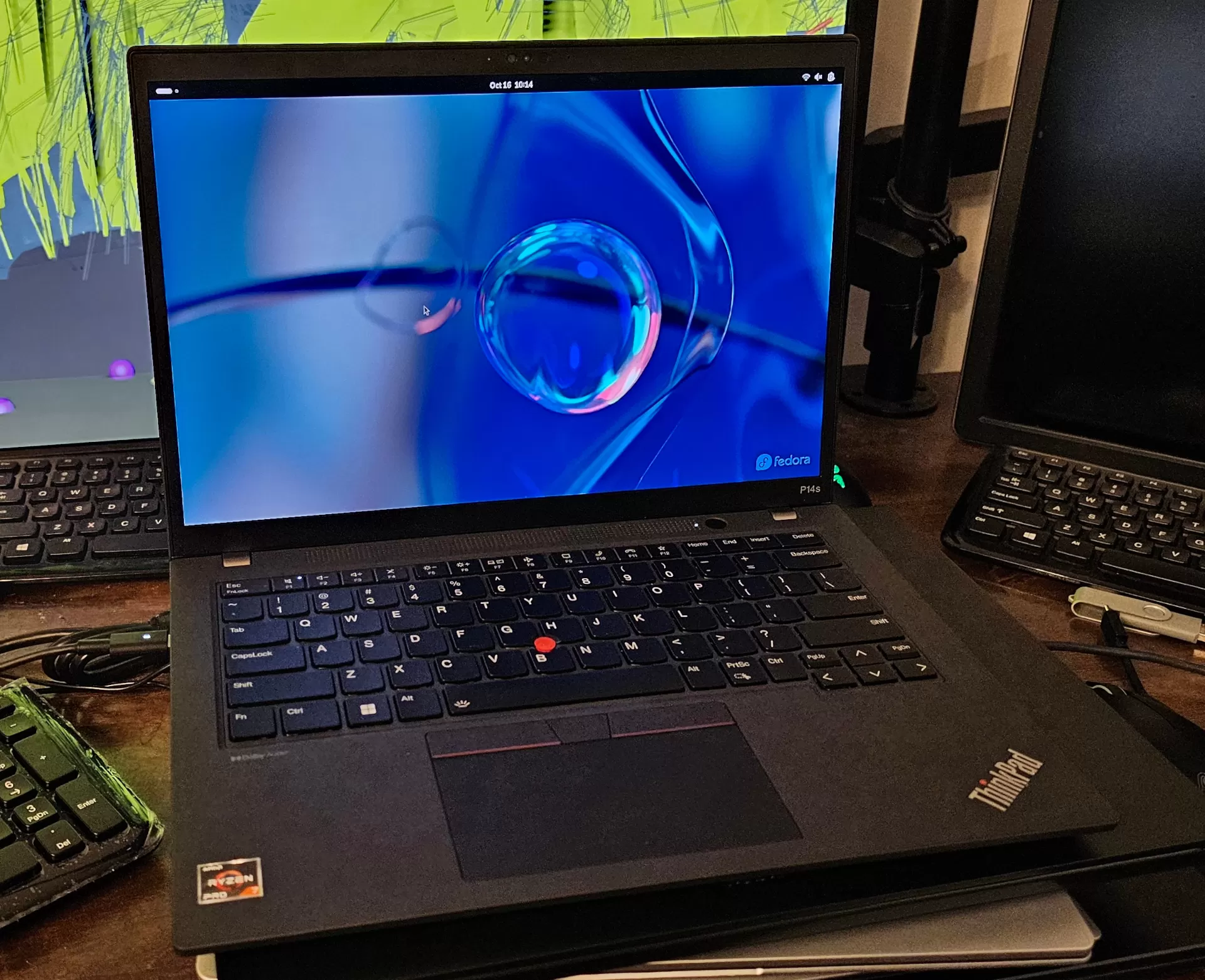Btw Fedora Firefox now supports LD_PRELOADING hardened_malloc natively, pretty cool.
What do these do?
Hardened_malloc is a security enhanced memory allocator forked from OpenBSD and maintained and used in GrapheneOS. It protects against various memory exploits and works just fine on Linux, I tried Gaming and more.
The Fedora variant “Secureblue” has it preinstalled, they maintain the COPR and handle the preloading also for Flatpak apps.
By default Firefox doesnt accept that though, and gives some memory errors. Fedora Firefox should now work with hardened_malloc, as they applied a build argument to allow it.
You may enjoy this video “I wrote my own memory allocator in C…”
Damn, I still didnt understand much, but seems cool
Here is an alternative Piped link(s):
I wrote my own memory allocator in C…
Piped is a privacy-respecting open-source alternative frontend to YouTube.
I’m open-source; check me out at GitHub.
Thanks for the explanation :)
Actually it’s not (but it was) a fork of OpenBSD’s allocator, but rewrite of a fork. They wanted too much changes so they decided to rewrite it from scratch.
Damn
Holy shit, Android using the Linux kernel is actually helpful for once? I’m shocked
They have all their own userland stuff.
I think Desktop linux could adopt more… like a hardened, not tracking, neutral webview so projects could stop using damn Electron. Like actually having a slim and efficient system, without the need to not use Sandboxing.
Not sure if bionic is better than glibc too. Musl probably is, and the problem is binary package repos so you will need to use Alpine to get rid of glibc
they preload the hardened malloc, obvi 🙄
Good one day i maybe able to use AMD hardware and dump cuda, it really sucked not being able to to use simple software do to AMD’s zero support.
K, this is one of those “and now I’m afraid to ask” memes, but comnents like yours have me super confused. What’s all the CUDA about?
I have 2 machines with AMD CPU/GPU hardware. SOC maybe? I really didn’t pay much attention outside of wanting the extra CPU cores for… reasons. They’re both Ryzen, one’s a 5, 'tother a 7. The GPU component has always worked fantastically, but I don’t stress it much as I’m not a gamer. The CPU component has been a dream for my many-threaded needs. And so I’m confused when people chip in about this news complaining about AMD. What, exactly, isn’t working for people, and why don’t I notice it?
CUDA is Nvidia’s conputation toolkit and language. it opens up to developers ways to accelerate tasks using the GPU. GPUs are usually really good at doing 2 things better than CPUs, Floating point math, and linear algebra (think a gpu to be like thousands of dumb smaller cores vs a couple of large cores with multiple instructions like the CPU.)
CUDAs main strength is that it makes programming a lot easier for devs, at the cost that its implementation is black box and proprietary. when you have devs use such a proprietary language, the it makes it significantly harder to jump ship if your work relies on it to make a profit.
So, CUDA is SIMD for (or backed by) GPUs?
Cuda is Nvidia’s GPU programming toolkit. It has become the de facto standard for machine learning and AI work as well as various other workloads in which running the program on the graphics card is faster than doing so on the cpu.
Edit: There is more that it does, I am just giving a simplified explanation.
This is the best summary I could come up with:
The Fedora Engineering and Steering Committee (FESCo) on Monday approved some last-minute features ahead of the Fedora Linux 40 release quickly coming up in February.
-
A new tool for Fedora IoT called “Simplified Provisioning” that makes it easier to deploy and configure the Fedora Internet of Things (IoT) edition.
-
Fedora IoT will now be built using the RPM-OSTree unified core.
-
As for the recent debate around Fedora 40 dropping KDE X11 by default, FESCo has offered their latest guidance.
At the meeting they decided that KDE packages may reintroduce support for X11 are allowed in the main Fedora repositories but that they must not be included by default for any release-blocking deliverables like the ISO/image, etc.
More details on this week’s FESco rulings can be found via the Fedora mailing list.
The original article contains 269 words, the summary contains 134 words. Saved 50%. I’m a bot and I’m open source!
-
Does this mean that Fedora will include even more proprietary software? WiFi and GPU firmware are one thing but I don’t want the future where Fedora installs steam and candy crush out of the box.
If you’re referring to ROCm, that’s completely open source (AMD’s CUDA competitor). I didn’t notice anything proprietary mentioned in the linked article. Unless I’m missing something, in which case, please do let me know.
I’m okay with it as long as it’s opt-in personally. It’s about user choice, not absolutism.
I don’t trust Red Hat anymore so I’ve moved to Debian anyways.
Fedora isn’t RedHat
You can’t deny it’s strongly connected to RedHat though.
Debian is good and if there is one thing we can count on its the long term stability of Debian










